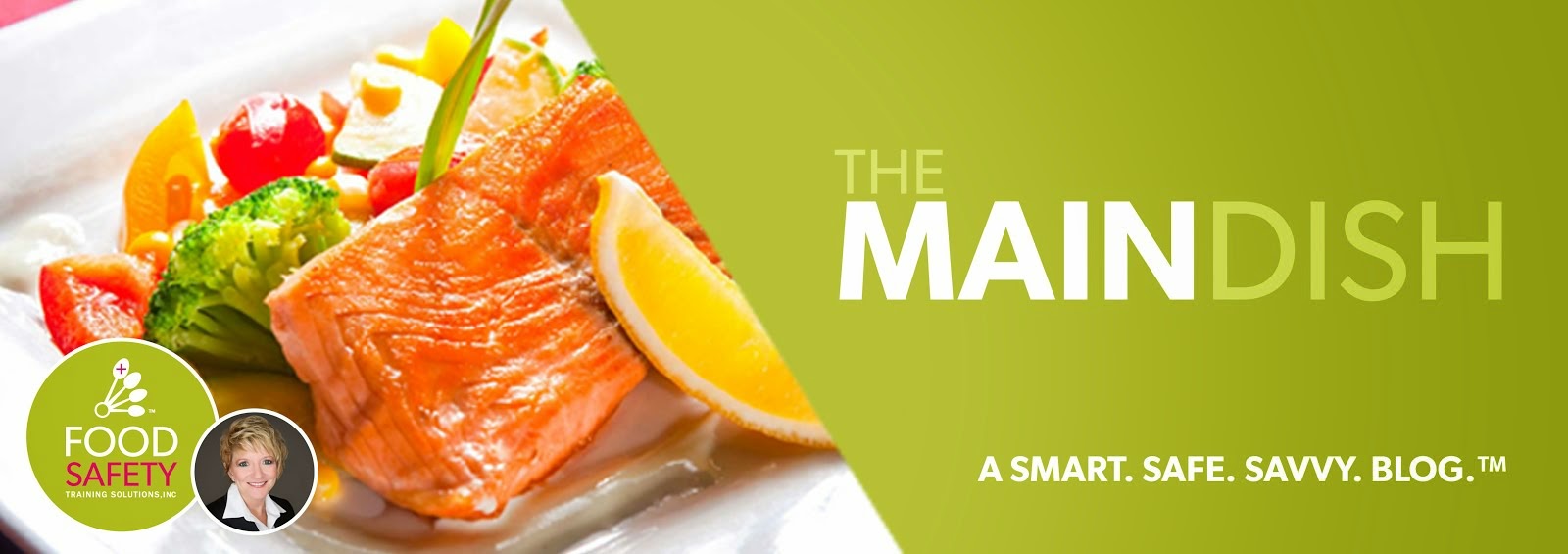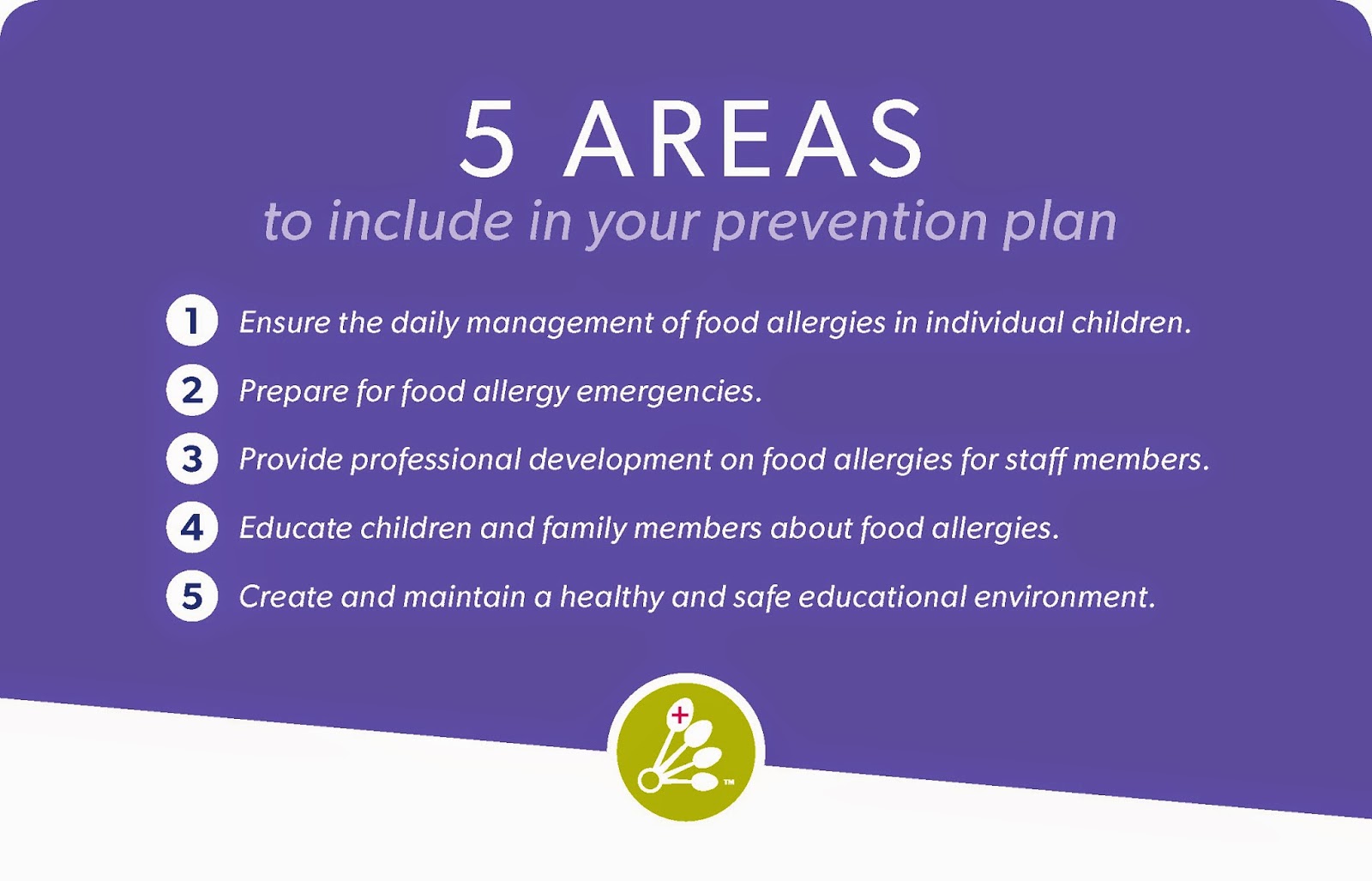As a growing food safety and public health concern,
potentially life-threatening food allergies affect between 4% and 6% of
children in the U.S. The ordeal goes beyond the child with the allergy,
effecting their families, schools and early child education programs. Having a
plan of action and communication between families and staff could help to
prevent allergic reactions and prepare them to handle emergencies.
What is a food
allergy?
When the body has a specific immune response to certain
foods that can multiply, this can be defined as a food allergy. The immune response
can be severe and life threatening, or even lead to anaphylaxis. Normally the
immune system protects us from germs, however in those with food allergies it
incorrectly responds as if the food was harmful.
Eight foods account
for 90% of serious allergic reactions in the U.S.
Symptoms of Allergic
Reactions in Children
While symptoms and severity of reactions to food can vary
between individuals, they can also different for one person over time. If a
child with food allergies is having a reaction, they may talk about the
following symptoms:
• It feels like something is poking my
tongue.
• My tongue (or mouth) is tingling (or
burning).
• My tongue (or mouth) itches.
• My tongue feels like there is hair on it.
• My mouth feels funny.
• There’s a frog in my throat; there’s
something stuck in my throat.
• My tongue feels full (or heavy).
• My lips feel tight.
• It feels like there are bugs in there (to
describe itchy ears).
• It (my throat) feels thick
• It feels like a bump is on the back of my
tongue (throat).
Treatment and
Prevention of Food Allergies in Children
Unfortunately, there is no cure for food allergies.
The only way to avoid symptoms or an emergency is to avoid the allergen. While
it is not always easy to avoid certain foods, school and ECE programs should
have a plan of action in place to handle allergic reactions and anaphylaxis.
Early and fast recognition of allergic reactions that may lead to anaphylaxis
can prevent a tragedy.
Voluntary Guideline
for Managing Food Allergies in Schools and Early Care and Education Programs
In collaboration with the U.S. Department of
Education and federal agencies, CDC developed guidelines for managing food
allergies in schools and early care and education centers. This provides
information and planning steps for parents, district administrators, school
administrators and staff.



